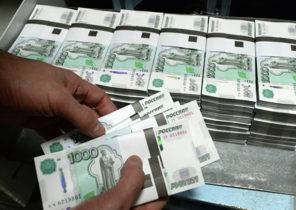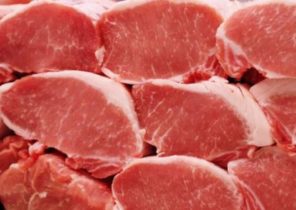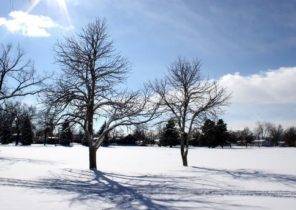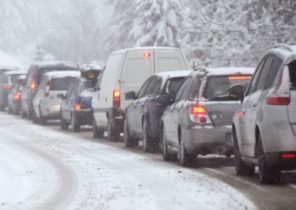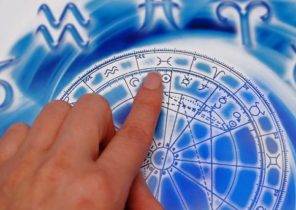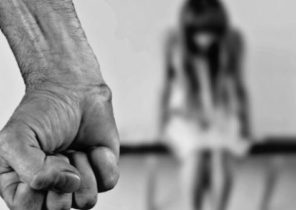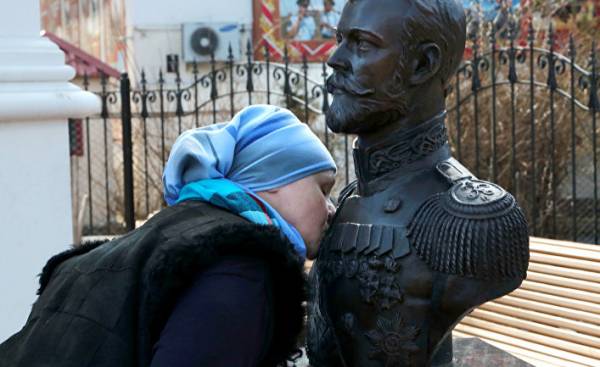
This Wednesday is a holiday in Russia. But this festive day is celebrated every year. International women’s day is with flowers, champagne and chocolates. Nothing talks about how 100 years ago were events that have changed the country and gave a new direction to the development of world history. Neither the state acts nor the words, nor the silent memory.
March 8, 1917 (or February 23, according to the calendar used then in tsarist Russia) in the center of the capital, which at that time was called Petrograd, were the striking workers. After the protest was also joined by the soldiers, the king a week later he was forced to abdicate.
Thus ended the thousand-year monarchy and the tercentenary of the rule of the Romanov dynasty. Eight months later, when it was not clear who owned the power, the Provisional government or Council workers, it took the Bolsheviks of Lenin.
Supposedly monotachi bust of the king
One hundred years after the two revolutions of the country doesn’t know what to do with this inheritance. Vladimir Putin’s Russia is proud to celebrate (probably) the great times, whether it is the time of the Romanovs or the time of the Bolsheviks. The fact that at the time, some heroes destroyed the other, is the dilemma for today’s ideologues. In their political-historical the crucible is melted brittle alloy of nostalgia for the Soviet Union and the Russian tsarist gaudy.
While historians in Russia and the world hold conferences dedicated to the jubilee year, the Russian public perceives the jubilee primarily as a series of strange events and scandal instead of having a real debate. The last sensation was the excitement caused by the bust of Nicholas II, exhibited last year in the Crimea, bust alleged mirotochit. It is a miracle, with admiration in his eyes claimed the MP Natalia Poklonskaya during a television interview last week.
The former Prosecutor of the Crimea from Simferopol, who in September was elected to the State Duma from the Kremlin party “United Russia” wants, that this phenomenon was interpreted as an omen: “Our rulers support us. They died to again make Russia a great and prosperous country. It is our duty”. A special Commission of the Russian Orthodox Church had meanwhile on Thursday, disappointing everyone who believed in miracles: the tears were not real.
In late January, the member of fraction United Russia had once caused irritation with his interpretation of the revolution. Deputy Chairman of the Duma Pyotr Tolstoy said with indignation that those who today oppose the transfer of St. Isaac’s Cathedral in St. Petersburg, Orthodox Church, are the “grandchildren and great-grandchildren of those who destroyed our churches, leaping out of the pale of settlement with revolvers in 1917”.
The pale was the name of the area in the West of the tsarist Empire between the Baltic sea and the Black sea, where since the late 18th century had the right to settle Jews. Today, according to Tolstoy, they are “working in a variety of other very reputable places — on the radio, in the legislative assemblies, continue the work of their grandfathers.”
Not only the Federation of Jewish communities of Russia found in the words “open anti-Semitism.” Tolstoy, on the contrary defended, claiming that only people “with a sick imagination and not knowing the history of their country,” to interpret his words.
Putin’s Russia is collected from the fragments of conflicting ideology
For seventy years the day of the great October Revolution was the main celebratory day when the socialist Empire celebrated the myth of its creation. In honor of each anniversary of renamed streets and squares of the country. Street of the fiftieth anniversary of October, the area 55-letiya Oktyabrya, Park 60-letiya Oktyabrya.
When, in 1987, the anniversary of the last time I celebrated in a big way, on the horizon loomed the end of the socialist state. After that there was silence. Established a new holidays, but no Constitution Day, no Day of Russia did not even come close to the importance of their predecessor.
And here’s round number makes Russian society again to argue with the past, which had not yet been determined. Do I need to be proud of the strength and greatness of the Soviet Union and sad about their losses? Or rather to declare mourning for the millions of people who sacrificed their lives for ideas? Maybe even to give vent to some resentment because of the destruction and crimes? All of this leads directly to the eternal Russian question: who is to blame? A weak king? The liberals are in quarrel? Or is it the Bolsheviks?
The search for the answer is so relevant, because the new Russia of Vladimir Putin gathered from the fragments of conflicting ideologies, says historian and journalist Vitaly Dymarsky. “It’s a mixture of conservatism, liberalism and Bolshevism. The state government cannot decide what is most important in this chaos of ideas.”
Only at the end of December last year, President Vladimir Putin issued a decree “on preparation and holding of events in connection with the centenary of the 1917 revolution”. It was, at least, too late in order to mark the February revolution. But this revolution has little sympathy, because, according to many, it has eliminated the true Tsar, Nicholas II, weakened the state, and gave it to foreign countries. Only the Bolsheviks, as many believe, have again created a strong state.
Conservative circles, as says the historian Yuri Pivovarov, represent February as the result of a conspiracy of the bourgeoisie, Freemasons and British spies, as the fifth column. Brewers teaches history and political science at Moscow University named after Lomonosov, the respected universities of the country.
Some have compared the February revolution with the Ukrainian uprising in Maidan. Pivovarov says, “Even my students find that 1917 was the colour revolution”, a hint at how the Russian leadership was determined to uprisings in Georgia in 2003 and Ukraine in 2004. In accordance with this, the Arab spring was a Western conspiracy to overthrow regimes and impose on the Arab countries in their rules.
“Most people in Russia don’t even know about the 1917 revolution,” says Brewers. Things are even worse with other anniversaries, which even the question: “2017 in the eighties is the anniversary of the Great terror. About it nobody speaks. No one says and about the Stalinist purges in the red Army, whose victims in 1937 were the most able commanders. How to remember and judge it without mentioning terror and blood?”
Russian historical science uses meanwhile, the concept of the great Russian revolution, which covers the period from early 1917 to the end of the civil war in 1921. Problematic concept, believes the Brewers, because “in the mass event disappear different questions.”
Therefore, the political history of the Kremlin is focused rather on the modest Maxim: the revolution is a bad thing. Everything that made Russia strong, great and independent — well, not paying attention to whether it was the Romanovs or the Communist dictator Stalin. Statehood and the continuity of statehood play a Central role in the Russian view of history, says Nikolaus Katzer, Director, German historical Institute in Moscow: “saving the state from anarchy — the right motive”.
At the behest of the Kremlin, questions of guilt and debate about errors or even the lessons of politics and history play no role. In his message to the Federal Assembly, Putin said that the lessons of history are important in the first place for reconciliation, to strengthen the social, political, and civil unity. “It is unacceptable to drag the splits, anger, resentment and bitterness of the past in today’s life, speculating on the tragedy”, — Putin said.
According to the President, there are figures who in their own interests and the interests of others speculating on the tragedies that touched virtually every family in Russia, regardless of which side of the fence were the ancestors of Russian citizens.
The reconciliation monument in the Crimea
The Commission formed on the orders of the President, shall prepare the celebration of the “Day of reconciliation”, which will be celebrated in November. There is a competition to create a Monument of reconciliation. It needs to be installed in the Crimea.
There, in 1920, the Red Army defeated the white troops. “The goal of reconciliation is to bring these opposing forces into one Patriotic the roof,” says Katzer. So the revolution will be red and white. “Both sides in his time and in his own way wanted to revive the Empire. White wanted restitution, but the Reds did it.”
